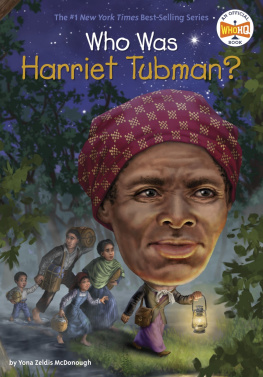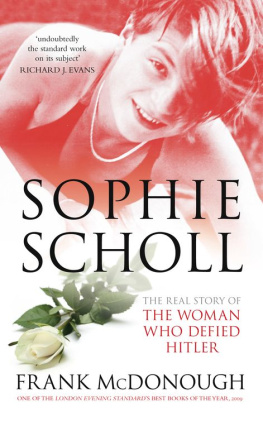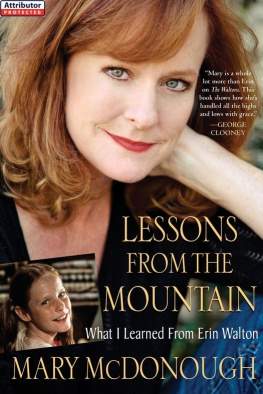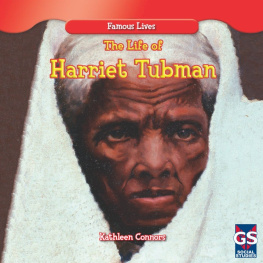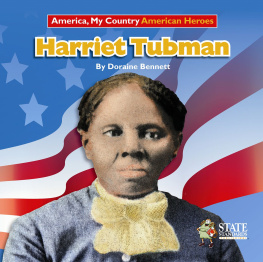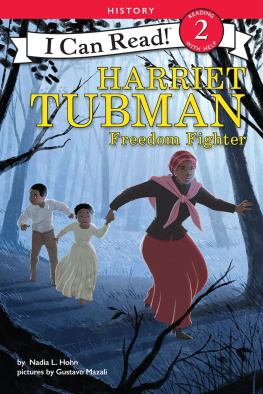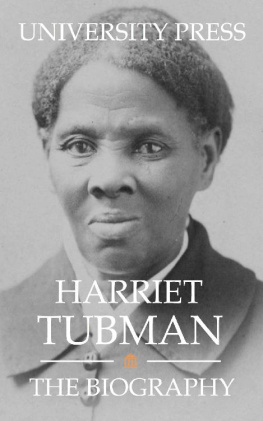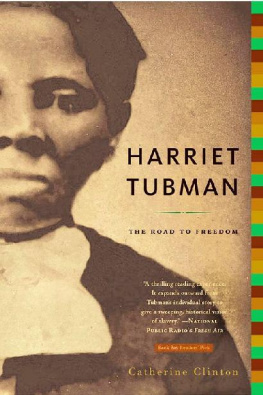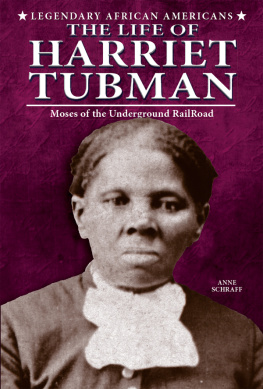McDonough - Who Was Harriet Tubman?
Here you can read online McDonough - Who Was Harriet Tubman? full text of the book (entire story) in english for free. Download pdf and epub, get meaning, cover and reviews about this ebook. year: 2019, publisher: Penguin Young Readers Group, genre: Non-fiction. Description of the work, (preface) as well as reviews are available. Best literature library LitArk.com created for fans of good reading and offers a wide selection of genres:
Romance novel
Science fiction
Adventure
Detective
Science
History
Home and family
Prose
Art
Politics
Computer
Non-fiction
Religion
Business
Children
Humor
Choose a favorite category and find really read worthwhile books. Enjoy immersion in the world of imagination, feel the emotions of the characters or learn something new for yourself, make an fascinating discovery.
- Book:Who Was Harriet Tubman?
- Author:
- Publisher:Penguin Young Readers Group
- Genre:
- Year:2019
- Rating:3 / 5
- Favourites:Add to favourites
- Your mark:
- 60
- 1
- 2
- 3
- 4
- 5
Who Was Harriet Tubman?: summary, description and annotation
We offer to read an annotation, description, summary or preface (depends on what the author of the book "Who Was Harriet Tubman?" wrote himself). If you haven't found the necessary information about the book — write in the comments, we will try to find it.
Who Was Harriet Tubman? — read online for free the complete book (whole text) full work
Below is the text of the book, divided by pages. System saving the place of the last page read, allows you to conveniently read the book "Who Was Harriet Tubman?" online for free, without having to search again every time where you left off. Put a bookmark, and you can go to the page where you finished reading at any time.
Font size:
Interval:
Bookmark:
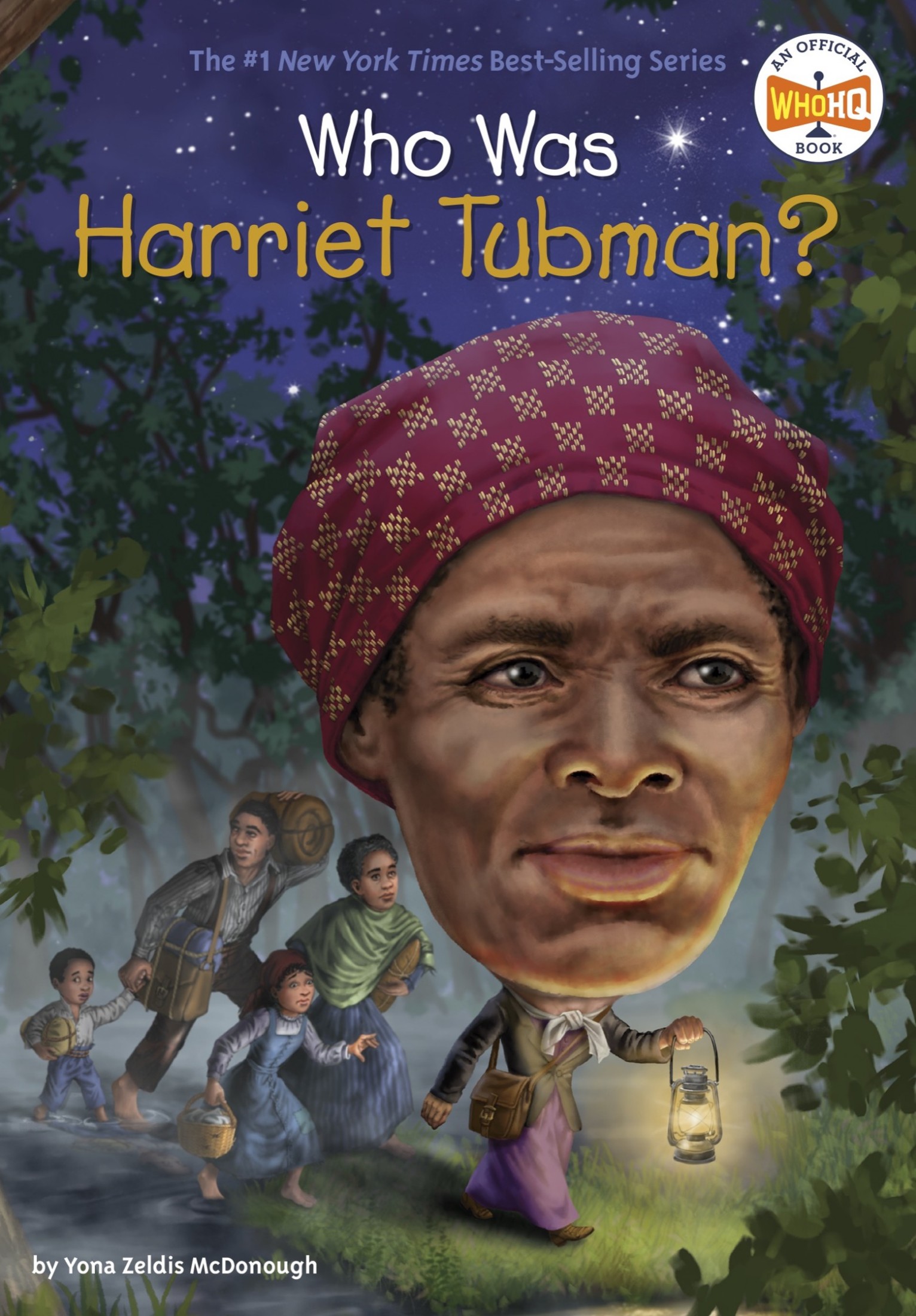

For my mother, Malcah ZeldisYZM
To Christopher, a Nans best friendNH
PENGUIN WORKSHOP
An Imprint of Penguin Random House LLC, New York

If you purchased this book without a cover, you should be aware that this book is stolen property. It was reported as unsold and destroyed to the publisher, and neither the author nor the publisher has received any payment for this stripped book.
Penguin supports copyright. Copyright fuels creativity, encourages diverse voices, promotes free speech, and creates a vibrant culture. Thank you for buying an authorized edition of this book and for complying with copyright laws by not reproducing, scanning, or distributing any part of it in any form without permission. You are supporting writers and allowing Penguin to continue to publish books for every reader.
Text copyright 2002, 2016, 2019 by Yona Zeldis McDonough. Illustrations copyright 2002 by Nancy Harrison. Cover illustration copyright 2019 by Penguin Random House LLC. All rights reserved. First published in 2002 by Grosset & Dunlap. This edition published in 2019 by Penguin Workshop, an imprint of Penguin Random House LLC, New York. PENGUIN and PENGUIN WORKSHOP are trademarks of Penguin Books Ltd, and the W colophon is a registered trademark of Penguin Random House LLC.
Visit us online at www.penguinrandomhouse.com.
The Library of Congress has cataloged the previous edition under the following Control Number: 2002004663
ISBN 9780593097229 (paperback)
ISBN 9780593097236 (library binding)
ISBN 9780593097243 (ebook)
Version_1
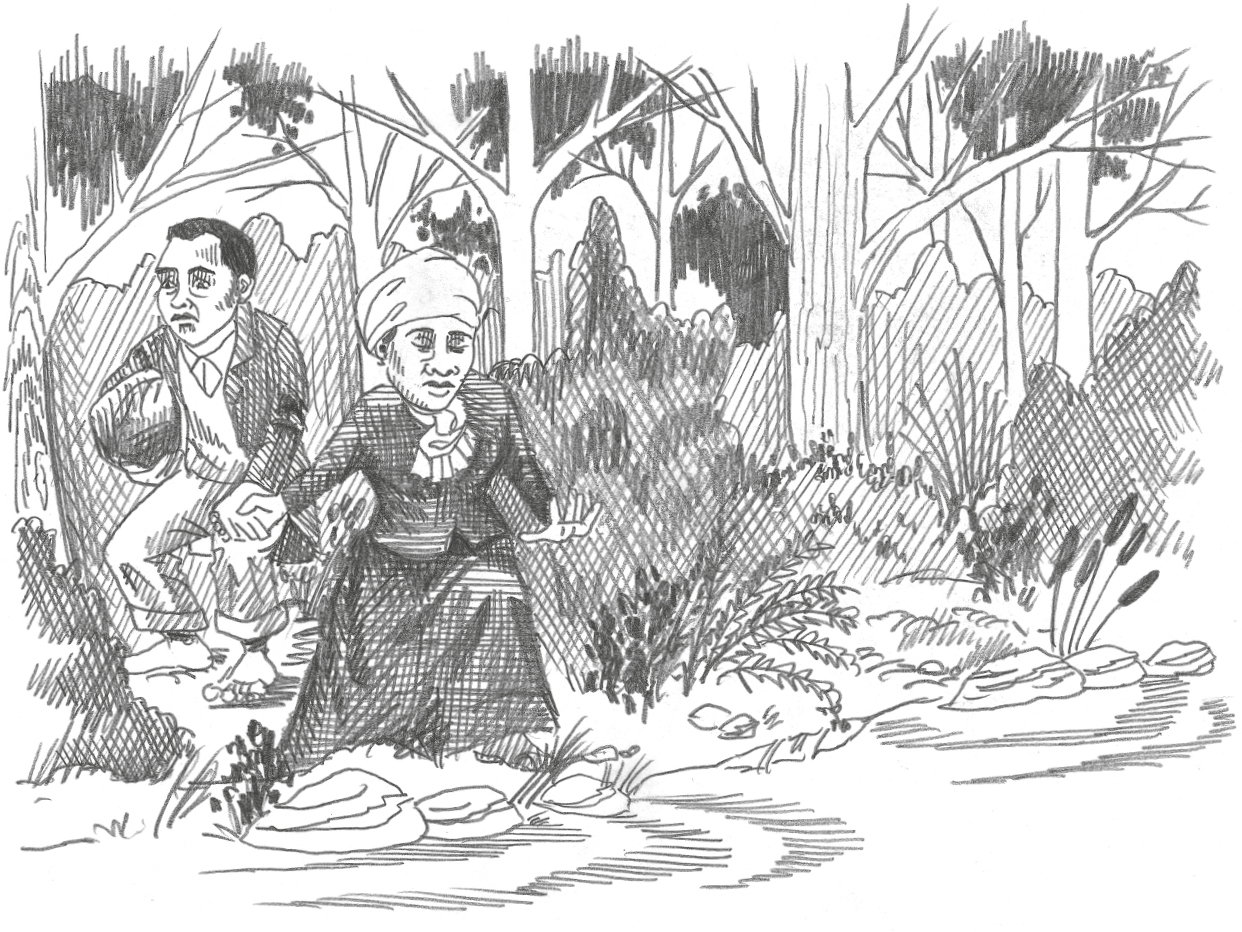
No one knows the exact year in which Harriet Tubman was born. It may have been 1820 or 1821. Most people didnt think the birth of an enslaved person was worth remembering. Harriet Tubman would grow into a brave and daring young woman. She was brave enough to escape from slavery. She was daring enough to help others escape, too. Because she led so many to freedom, she was called Moses. Like Moses in the Bible, Harriet Tubman believed that her people should be free. And she risked her life many times to help them become free. Even after she had escaped safely from the South, she went back to take other slaves north to freedom. Here is her story.
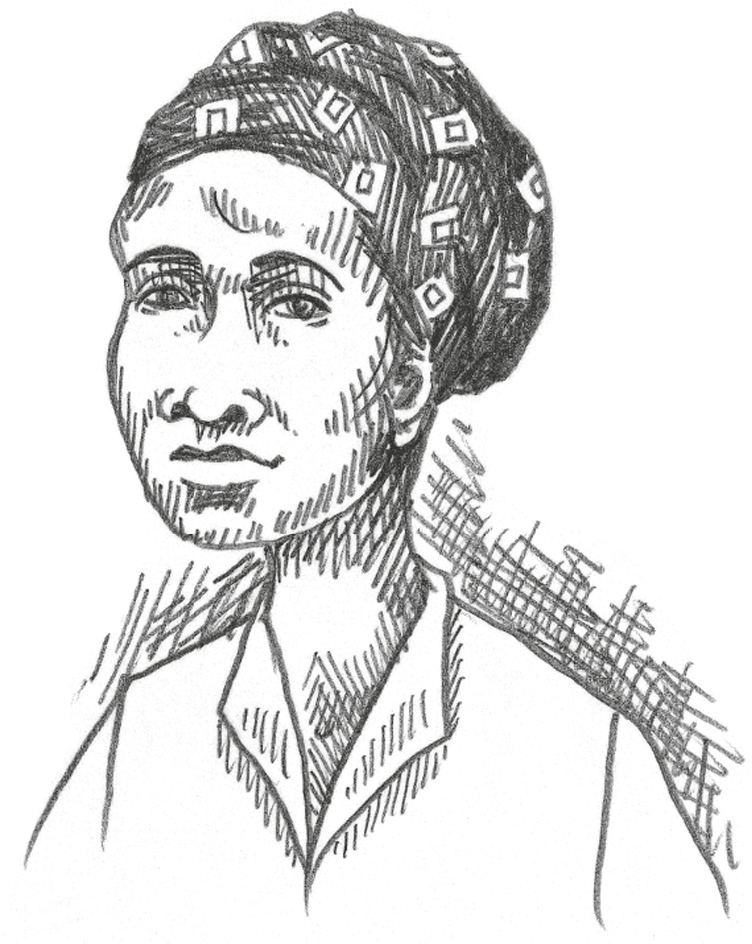
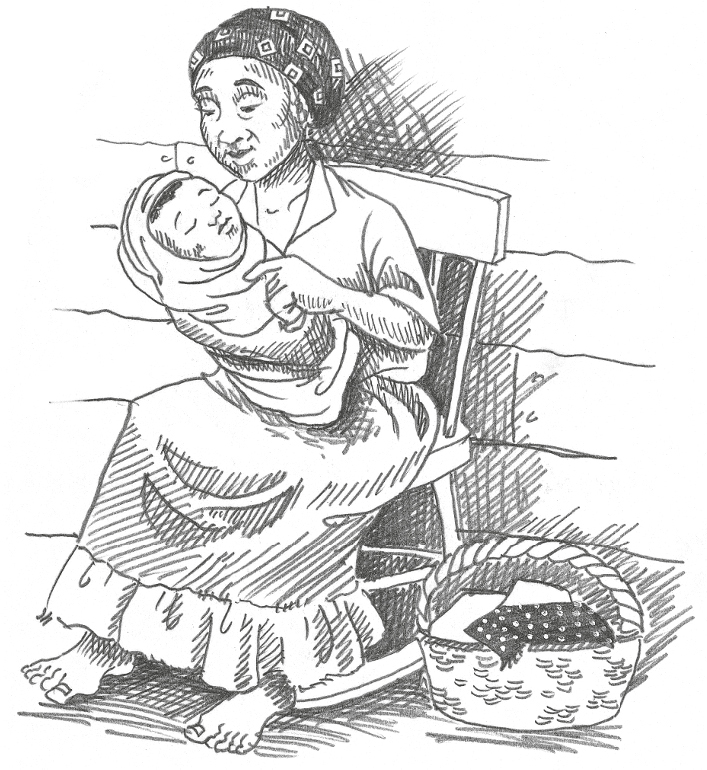
Sometime around 1820 in Maryland, an enslaved woman named Harriet Ross gave birth to a baby girl. Neither Harriet, who was called Old Rit, nor her husband, Ben, could read or write, so they couldnt record the year of the babys birth. No one else thought it was worth doing. But Old Rit loved her tiny child and wanted to protect her. She hoped her little girl, whose nickname was Minty, would learn to sew, cook, or weave. Then she could avoid the backbreaking work picking crops like tobacco, corn, or wheat in the fields.
Old Rit and Ben had been born into slavery. They had many children, all of whom were also enslaved. Ever since 1619, when black people from Africa were kidnapped and brought on slave ships to Virginia, slavery had been a part of American life. By the early 1800s, most of the Northern states had stopped slavery. But the Southern states had not.
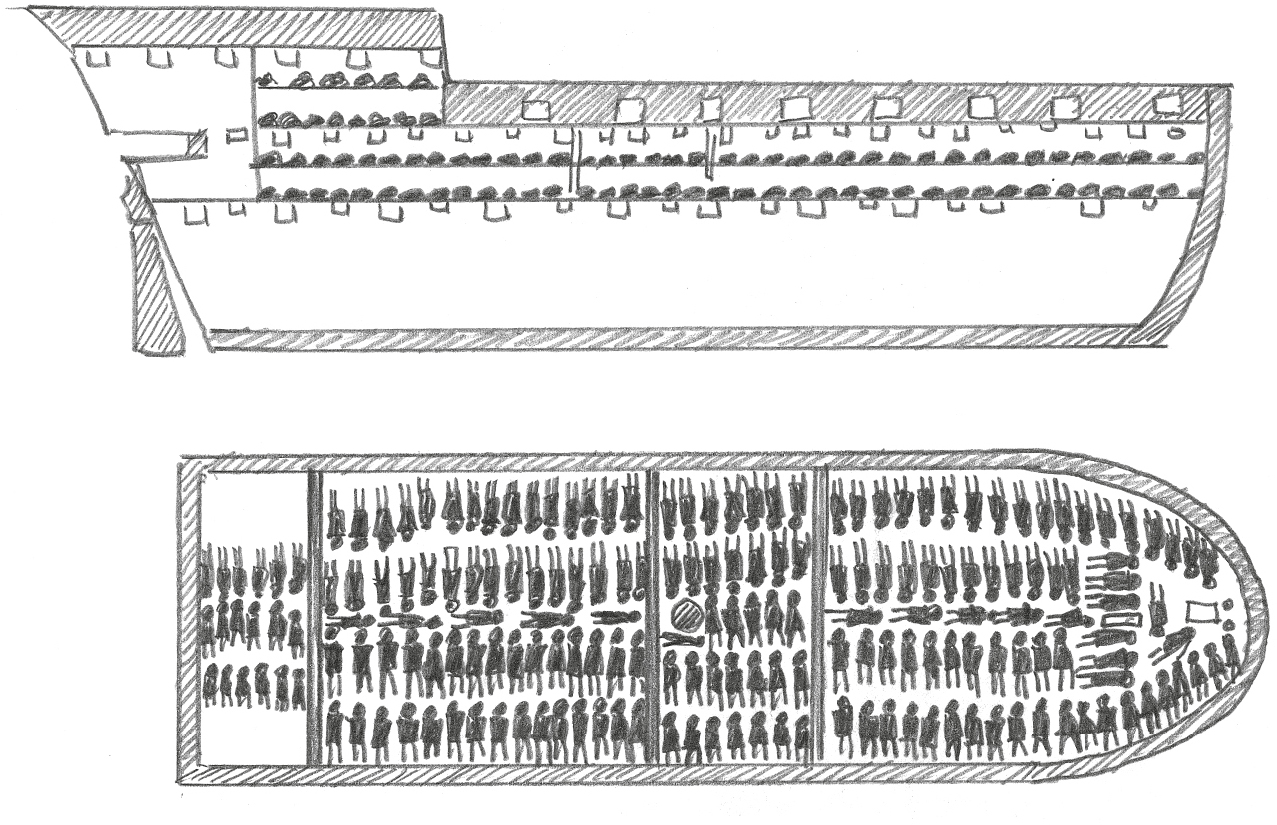
Two views of a slave ship
Enslaved people like Ben and Old Rit worked very hard, yet they were not paid for their work. Instead, Ben and Old Rit lived on land owned by their enslaver, a man named Mr. Brodas. This land and the many buildings on it was called a plantation.
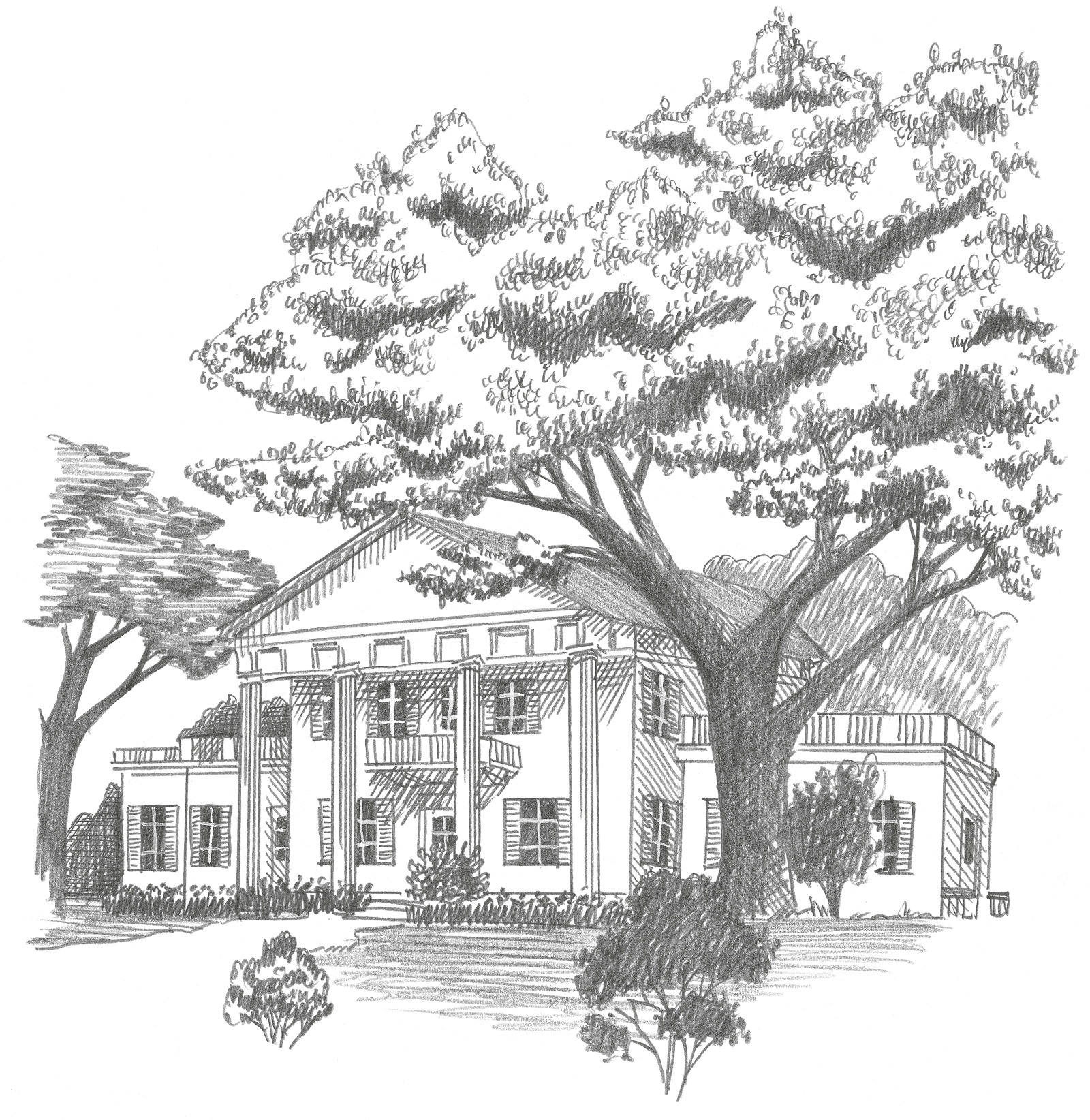
Plantation house
Mr. Brodass plantation house was large and grand, like so many of those in the South. Ben and Old Rit could see the Brodases big house every day, but they didnt live there. They lived in a log cabin, like the other enslaved people on the plantation. These cabins were very small. They had no windows. The floors were made of dirt. Piles of worn-out blankets were the only beds. Still, for little Minty, this was home.
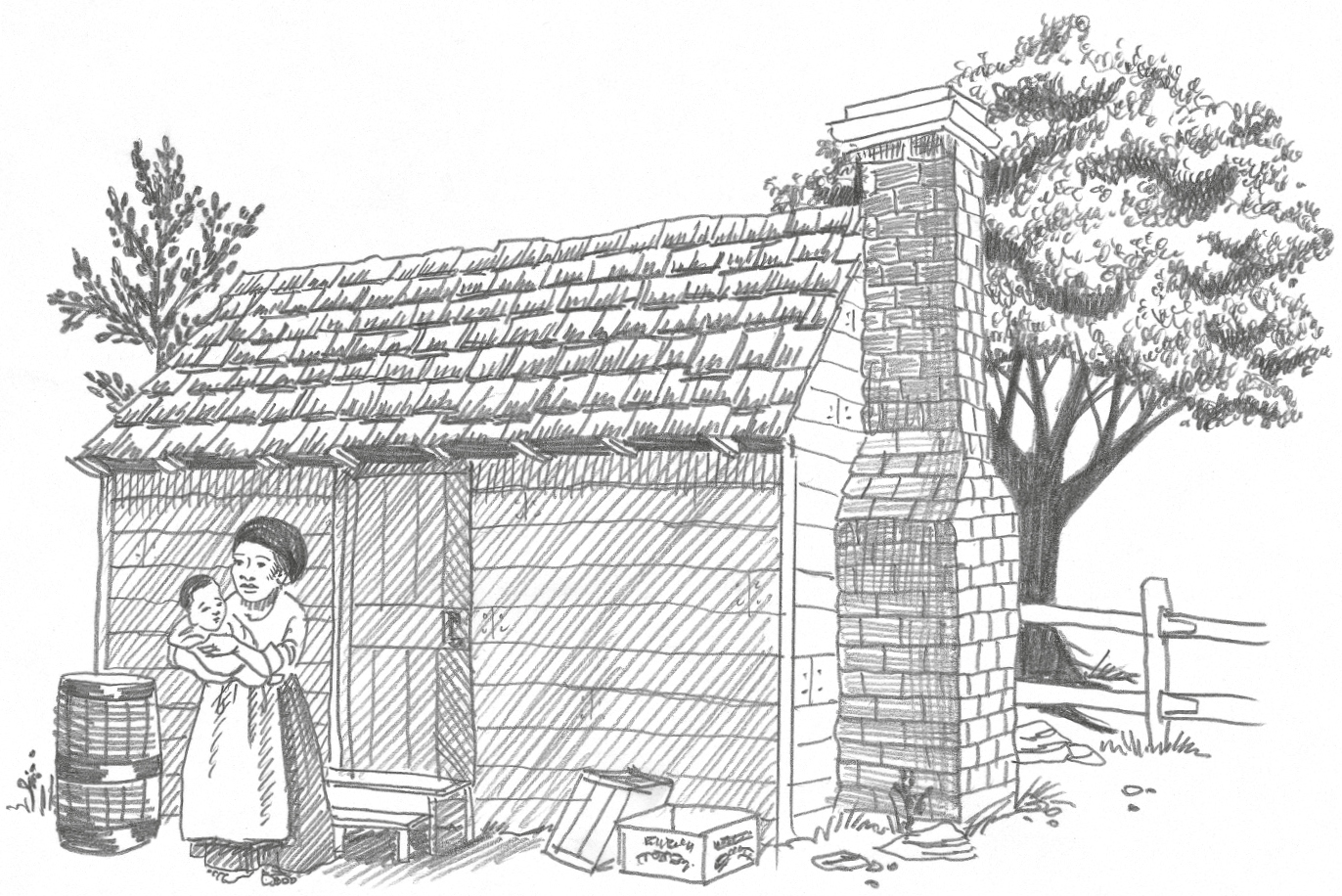
As soon as she could walk, Minty joined her brothers and sisters and other enslaved children who were watched by an older slave. The littlest children werent forced to workyet. There were even times when Minty and the other children could play and have fun. Summers were warm and bright. They swam and fished in the many streams and creeks.

Unlike many enslaved children, Minty lived with her loving parents. Her father told her stories about the woods. He could name the birds. He knew which berries were sweet and tasty.
Groups of black men, women, and children were kidnapped from West Africa and brought to the United States. Here, they were sold at auction to the person who bid the highest amount of money for them. Auctions were advertised with signs and newspaper ads. Before the auction, white people looked over the black people who were for sale. They pried open their mouths to check their teeth. They pinched their arms and legs to test their muscles.
Auctions tore apart families. A mother might be sold to a plantation owner in Mississippi while her son or daughter might be sold to a plantation owner in Louisiana. The two would never see each other again. Husbands and wives, parents and children, brothers and sisters were cruelly separated.
In 1859, a plantation owner named Pierce M. Butler sold 436 slaves over two days to pay off money he owed. It was the largest slave auction on record in the United States, and it was called The Weeping Time.
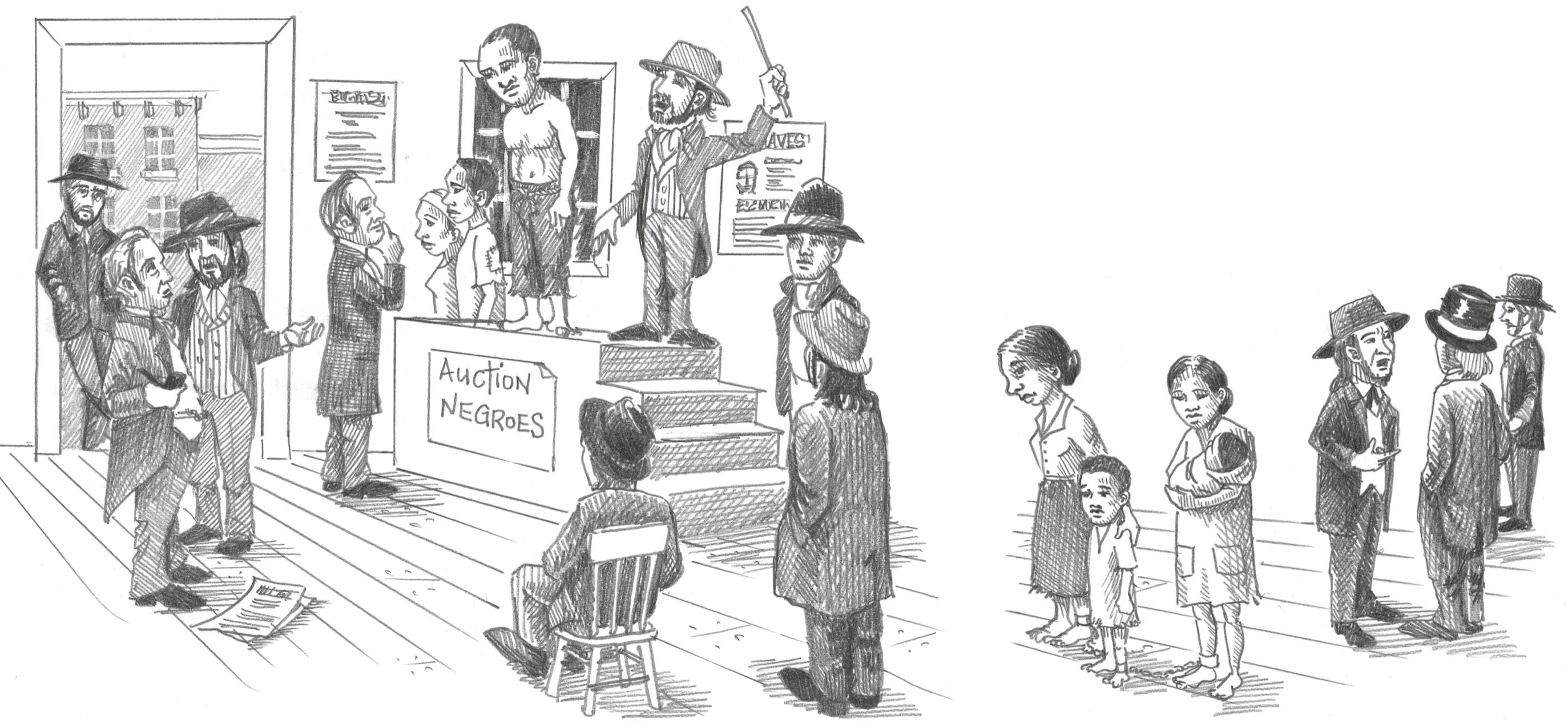
Mintys mother told her stories from the Bible. From her mother, Minty learned about Moses. Moses had lived thousands of years before. He led his people, the Hebrews, out of Egypt, where they had been slaves, and into freedom.
Around 1826, when Minty turned six, her life changed. Mr. Brodas hired her out. This meant that she had to leave her parents and her home. She had to go live and work for white people who could not afford to buy a slave of their own. The day she had to leave, a wagon came to take her away. Minty did not want to go. Her two older sisters had been sent away. She remembered how they cried and cried. But they had to go anyway. So did Minty.
Font size:
Interval:
Bookmark:
Similar books «Who Was Harriet Tubman?»
Look at similar books to Who Was Harriet Tubman?. We have selected literature similar in name and meaning in the hope of providing readers with more options to find new, interesting, not yet read works.
Discussion, reviews of the book Who Was Harriet Tubman? and just readers' own opinions. Leave your comments, write what you think about the work, its meaning or the main characters. Specify what exactly you liked and what you didn't like, and why you think so.

